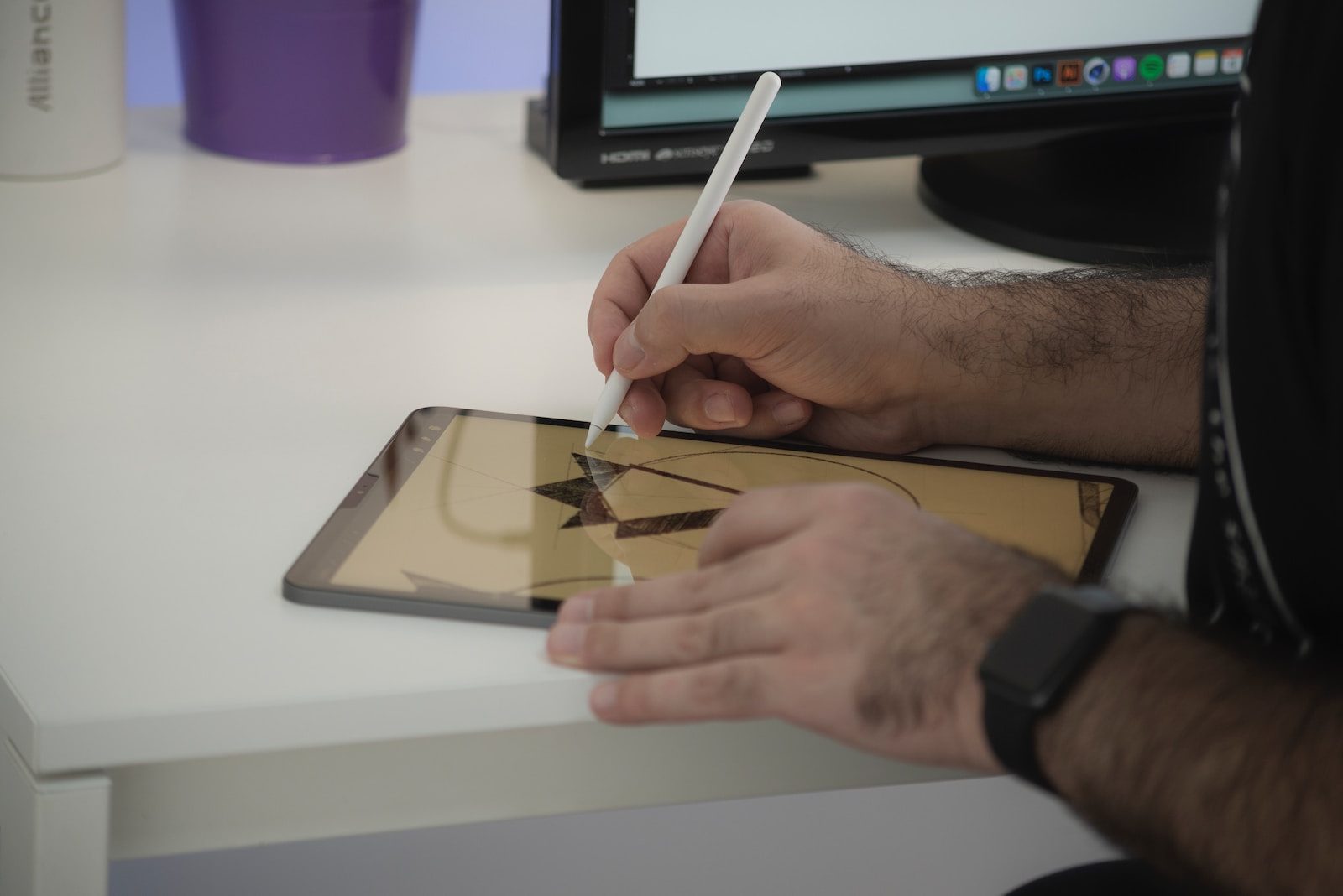A logo is more than just an image; it’s the face of a brand, a symbol that encapsulates its essence and communicates its values to the world. Crafting a logo that stands the test of time and stays etched in the memory of your audience is no small feat. Here are 10 essential elements that designers incorporate to create a logo that is not just seen but remembered.
1. Simplicity
The power of a logo often lies in its simplicity. A simple design makes a logo easily recognizable, versatile, and memorable. Brands like Apple, Nike, and McDonald’s have logos that are simple yet iconic. They can be scaled to any size and are easily identifiable at a glance. The simpler your logo, the more likely it will endure over the years.
2. Relevance
A logo should be relevant to the brand it represents, aligning with the industry, target audience, and the brand’s ethos. For instance, a tech company might opt for a sleek, modern design, while a children’s toy company might go for something playful and colorful. Relevance ensures that your logo connects with your desired audience and reflects your business accurately.
3. Memorability
The goal of a logo is to stick in the mind of the consumer. This is achieved by creating something unique that stands out against competitors. It should be distinctive enough to be recalled after just a brief glance—think of the Twitter bird or the Target bullseye. These logos are so memorable that they need no text to support them.
4. Versatility
A versatile logo will look great on a billboard and as a favicon on a website. It should be functional in different contexts, sizes, and mediums. A good test of versatility is to see if the logo is still effective when it is printed in one color or on the back of a T-shirt as it is on a business card.
5. Balance and Proportion
Balance in a logo design provides stability and structure. The proportion refers to the size and weight of the elements of the logo against each other. A well-balanced and proportioned design will be aesthetically pleasing and give an air of professionalism.
6. Timelessness
Trends come and go, but a memorable logo transcends the whims of fashion. Think of Coca-Cola or IBM—these logos have a timeless quality that has helped them remain largely unchanged for decades. Your logo should avoid trendy elements that will date it and instead opt for a classic look that will stay fresh for years to come.
7. Originality
Copying another brand’s logo is the fastest way to be forgotten. A memorable logo must be original, setting a brand apart from its competitors. Originality ensures that when customers see your logo, they associate it with your brand alone.
8. Appropriate Typography
The choice of typeface can make or break a logo design. The right font can enhance the message the logo is trying to convey, while the wrong one can send mixed signals to your audience. Serif fonts might suggest tradition and reliability, whereas sans-serif fonts convey a modern and clean look.
9. Color Psychology
Color plays a crucial role in how a logo is perceived. Colors evoke emotions and can influence consumer behavior. For example, blue often represents professionalism and trust, while red can invoke excitement and urgency. Choosing the right color palette for your logo is essential to evoke the correct emotional response.
10. Storytelling
A great logo tells a story about the brand it represents. It might reference the brand’s history, its core values, or its mission. When a logo tells a story, it creates a deeper connection with its audience. The arrow in the Amazon logo, for example, represents that they sell everything from A to Z and also symbolizes the smile that customers would experience by shopping with them.
In conclusion, a memorable logo design is a symphony of simplicity, relevance, memorability, versatility, balance, timelessness, originality, appropriate typography, strategic color use, and storytelling. It’s an art form that, when done right, provides a solid foundation for a brand’s identity and ensures it leaves a lasting impression in the crowded marketplace. Whether you’re starting a new brand or thinking about rebranding, keep these elements in mind to create a logo that stands out and stands the test of time.

